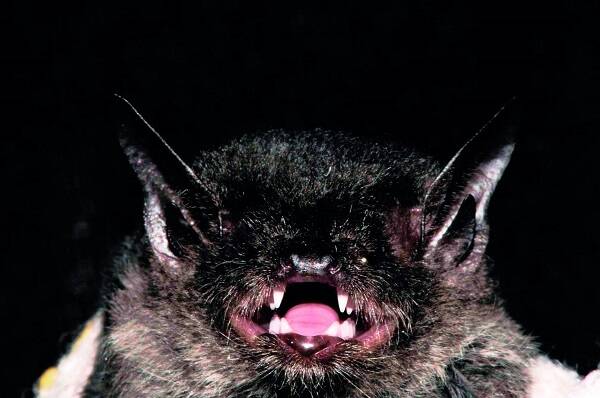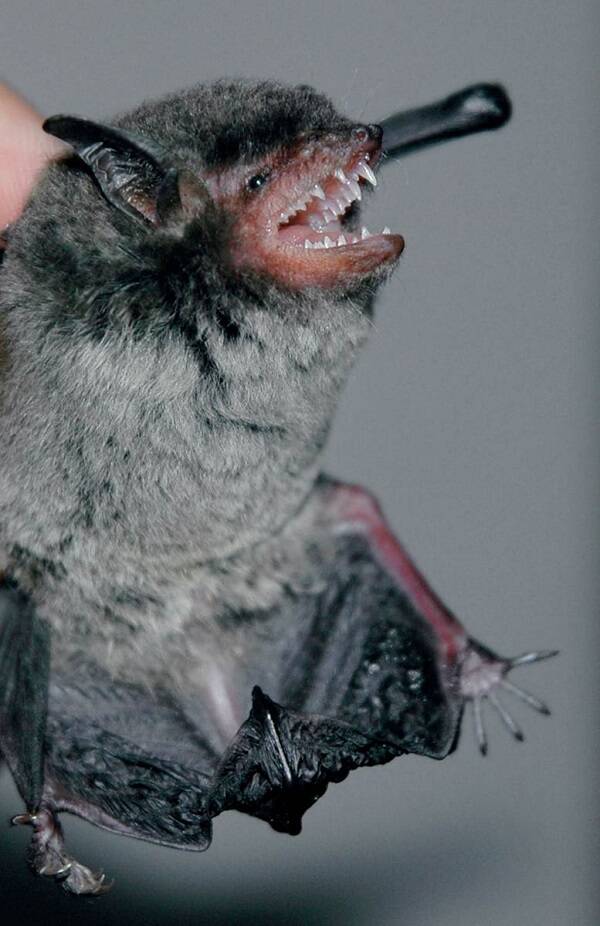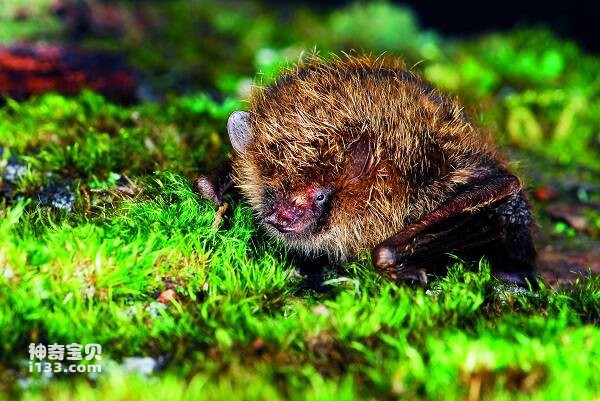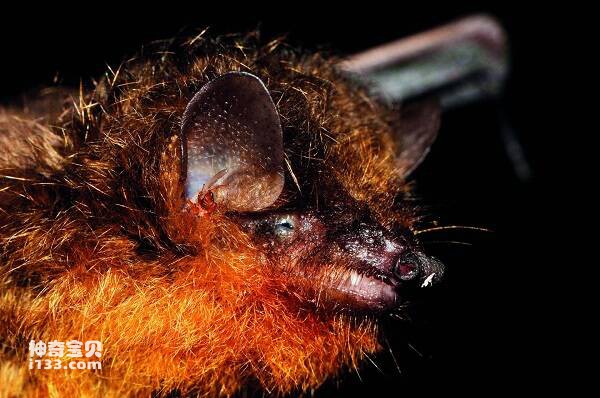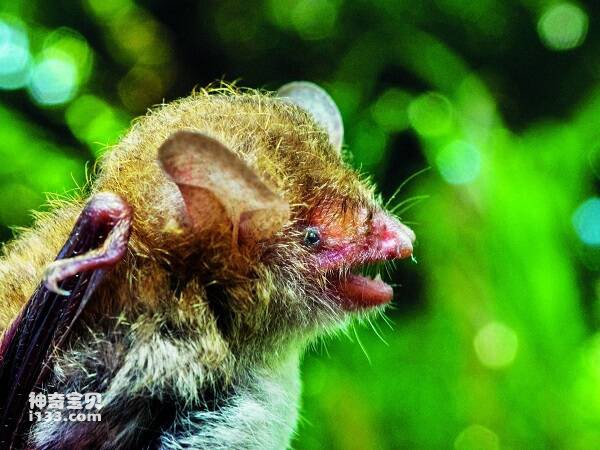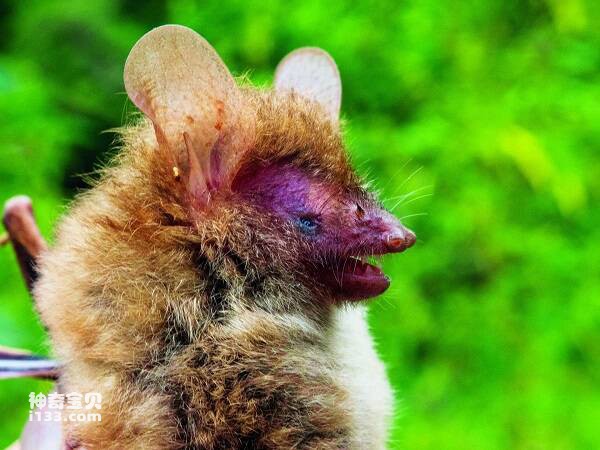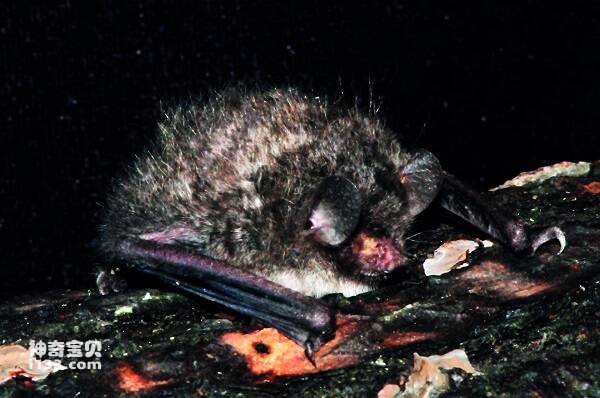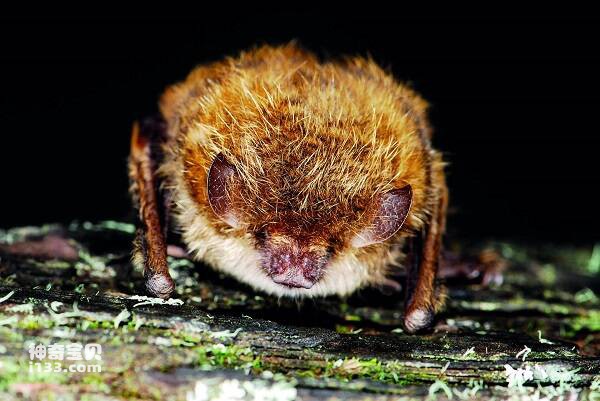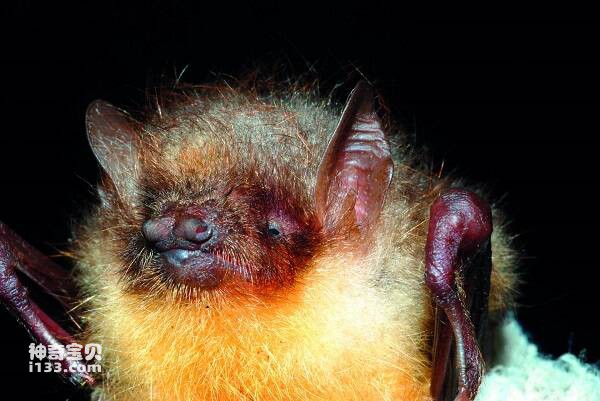Myotis indochinensis
IUCN
LCBasic Information
Scientific classification
- name:Myotis indochinensis
- Scientific Name:Myotis indochinensis
- Outline:Chiroptera
- Family:Chiroptera Batidae Myotis
Vital signs
- length:56-62mm
- Weight:
- lifetime:
Feature
The dorsal hair is darker than the ventral hair, the base is black, the tip is light gray, but the tip of the ventral hair is slightly pale.
Distribution and Habitat
It is distributed in Guangdong and Jiangxi in China. It is mainly distributed abroad in Vietnam and Laos.
Appearance
Medium size. Head and body length 56-62mm. Tail length 42-48mm. Forearm length 43.7-46.6mm. Hind foot length 8-10mm. The tibia is 19-20mm long. The hind foot is less than half the length of the tibia. The ears are medium in length. Small hind feet. The dorsal hair is darker than the ventral hair, the base is black, the tip is light gray, but the tip of the ventral hair is slightly pale. The snout is covered with sparse hair. The tragus can be half the length of the ear. The skull is thick and strong, the rostrum is wide and short, the side view of the cranium is relatively smooth, and the depression between the rostrum and the cranium is not deep. The sagittal and herringbone ridges are visible, and the anterior orbital bridge is relatively wide. The crown area of the maxillary second premolar is 1/4 of that of the maxillary fourth premolar, and the maxillary third premolar is small and inserted into the dentition. Gear type: 2.1.3.3/3.1.3.3=38.
Details
Myotis chinensis is a separate species from the mountain Myotis montivagus by Son et al. (2013). Previously, it was found in China, India, Myanmar, Vietnam, Laos, Thailand, Malaysia, and the Indonesian island of Kalimantan. Son et al. (2013) collected some specimens from Vietnam and Laos and identified them as Myotis chinensis by molecular and morphological analysis. Wang et al. (2016) Chinese and Indian Myotis bats were captured in Guangdong and Jiangxi, China. Previously, mouse-eared bats were found in Yunnan, Guizhou, Fujian, Hebei and Zhejiang in China, but these areas need to be further confirmed due to the discovery of mouse-eared bats in China and India. The Indian Myotis is slightly larger than the mountain Myotis.
Little is known about the ecological habits of the Chinese and Indian Myotis bat. Known habitats include caves, cracks under Bridges, and a preference for water.
